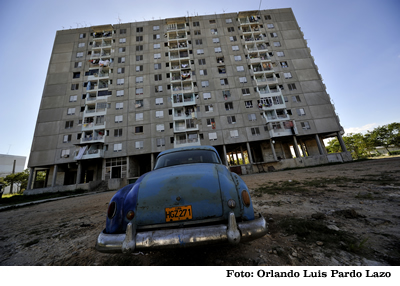Anabel, 23, unemployed, with the roof of her house full of holes through which water pours on days of heavy rain, eats hot food once a day, and ‘the future’ is a bad word.
She is short of many things. But she has a brand new phone. Cell phones are fashionable on the island. Especially among young people. Take note: The country recently surpassed one million active cell phone users.
There are even more cell phones in Cuba than fixed phones. The official newspaper Juventud Rebelde announced the news. According to Max La Fuente, vice president of mobile services, there are currently 1,007,000 cellphone users, while fixed phone customers have reached 1,004,000.
However, the manager said that 67% of call traffic comes from the landlines.
Of course, it’s much cheaper to talk on a landline. On average, people who have landlines in their households pay between 30 and 50 pesos (not more than $2.50) per month.
A cell phone is a luxury in Cuba. It is true that costs have come down. Prior to 2008, to own a mobile phone bordered on illegality and people only had them thanks to a relative or friend abroad.
So Cubans had no right to own a mobile phone line. When allowed, in March 2008, prices were exorbitant. A phone line cost 120 convertible pesos ($140).
The per minute cost was 0.60 cents in convertible pesos. However, the queues at the business offices of ETECSA, the only telecommunications company in Cuba, were gigantic.
Right now, the costs have fallen by 70%. Mobile lines cost 40 convertible pesos ($50) and there are numerous offers for 20 convertible pesos.
Calls cost 0.45 cents per minute and after 11 pm the price drops to 0.10 cents. Calls are still charged on receipt of the call and the services offered through mobile telephony are far from the quality and variety of their counterparts in Third World countries.
To have an iPhone or a Black Berry is more ostentation than anything else: half of the services that are touted by their manufacturers do not work on the island. Mobile phone users still cannot connect to the internet or to GPS. Nor access Google.
ETECSA executives have hinted that this could happen in the near future. What is announced for the second half of 2010 is the availability of prepaid cards for 5 convertible pesos and the gradual reduction of call costs, according to the available technology.
Two years after the Castro II regime allowed any Cuban to have a mobile if so desired, the cell is on the crest of the wave.
They are least used to make calls. Young people use them as MP3 players and send videos and photos via Bluetooth. Those most hungry for information use a clandestine service based in Madrid that sends free news updates about the worlds of sports, politics and entertainment.
Opponents, independent journalists and bloggers get information through the mobile phone chip. Most of the news, such as the release of 52 political prisoners or a momentous event, is spread by SMS at unheard of speeds.
And there are not a few who access social networks like Twitter or Facebook through their mobile. Although most people on the island, like Anabel, use the mobile more as a garment than as a necessity.
She always carries her modern phone stuck to her tight skirt with her headphones on, listening to hip-hop. Occasionally she sends messages. The call cost is still prohibitive for her. And though the house is in ruins, there is little food and not much money, young people like Anabel feel that the mobile is a new toy.
Iván García
Translated by: CIMF
August 3 2010


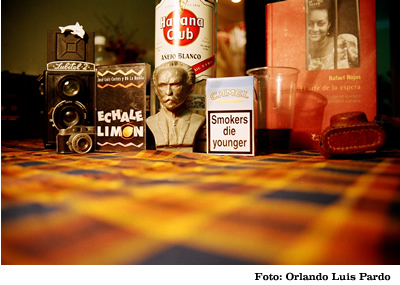


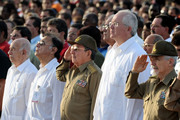
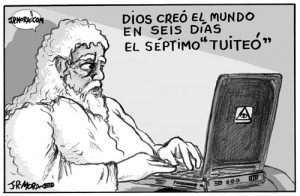
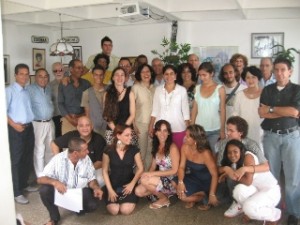 Last month, Yoani Sanchez, the creator of Generation Y, invited some of her friends to contribute to the diffusion of micro-blogging through the group known as “The First Tweet-up on the Island.” In regards to such a meeting, I asked when and where.
Last month, Yoani Sanchez, the creator of Generation Y, invited some of her friends to contribute to the diffusion of micro-blogging through the group known as “The First Tweet-up on the Island.” In regards to such a meeting, I asked when and where.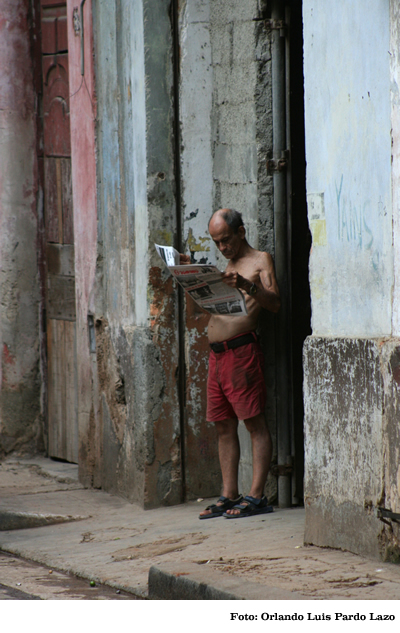

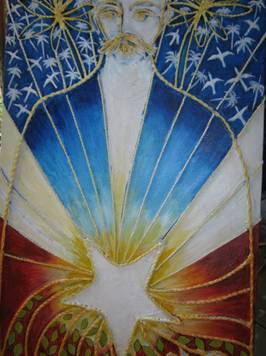

 Omar, the lens for the word (Photo: Luis Felipe Rojas)
Omar, the lens for the word (Photo: Luis Felipe Rojas)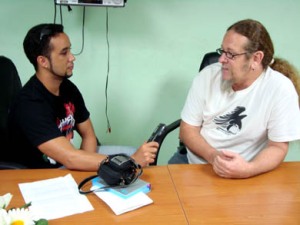 Just a few hours ago, on Friday evening, the 30th, one of the most versatile of Cuban artists exhibited material in the United States that could make history. I am speaking of Edesio Alejandro, who although a musician of great importance, has also been known for a long time as a documentary film maker.
Just a few hours ago, on Friday evening, the 30th, one of the most versatile of Cuban artists exhibited material in the United States that could make history. I am speaking of Edesio Alejandro, who although a musician of great importance, has also been known for a long time as a documentary film maker.